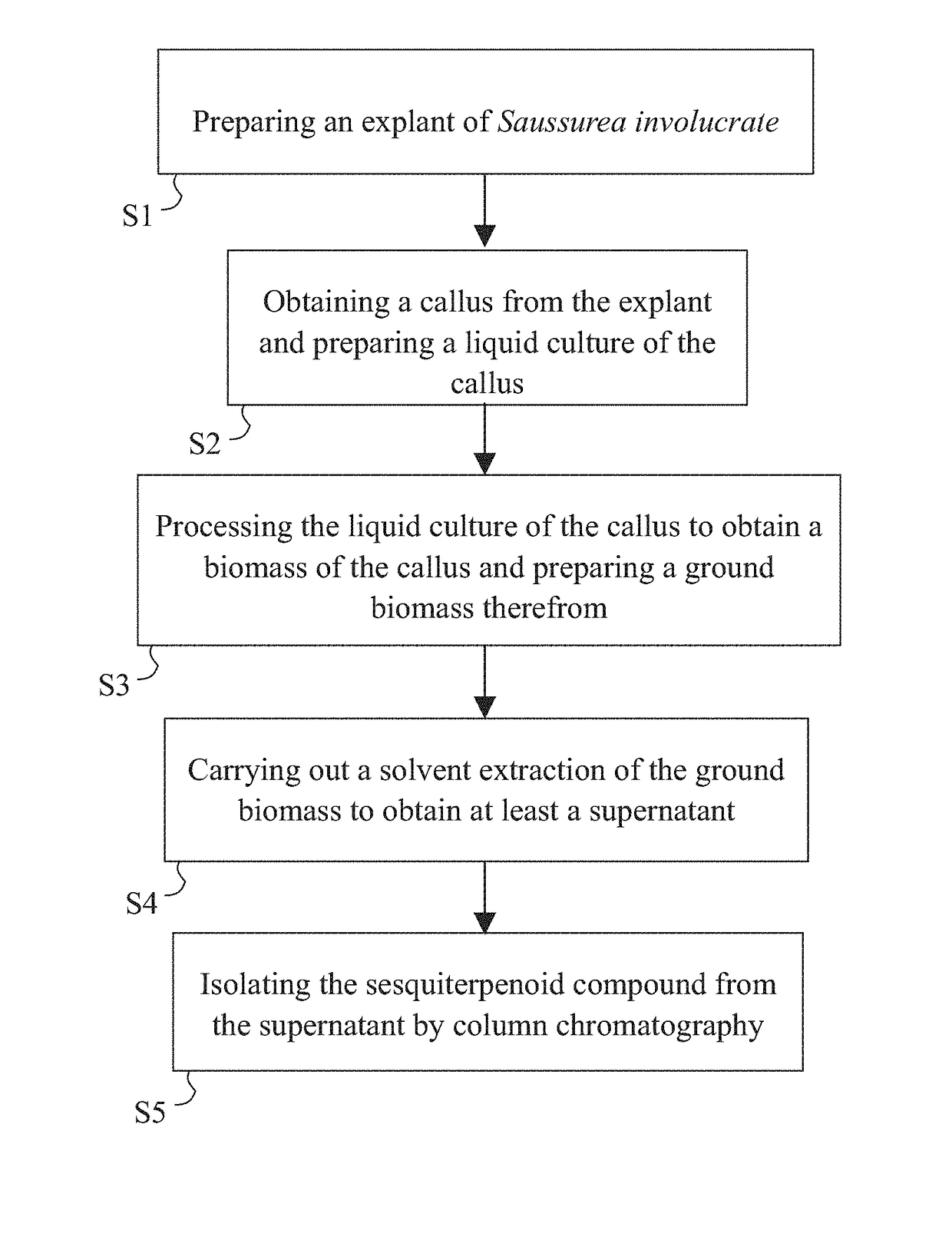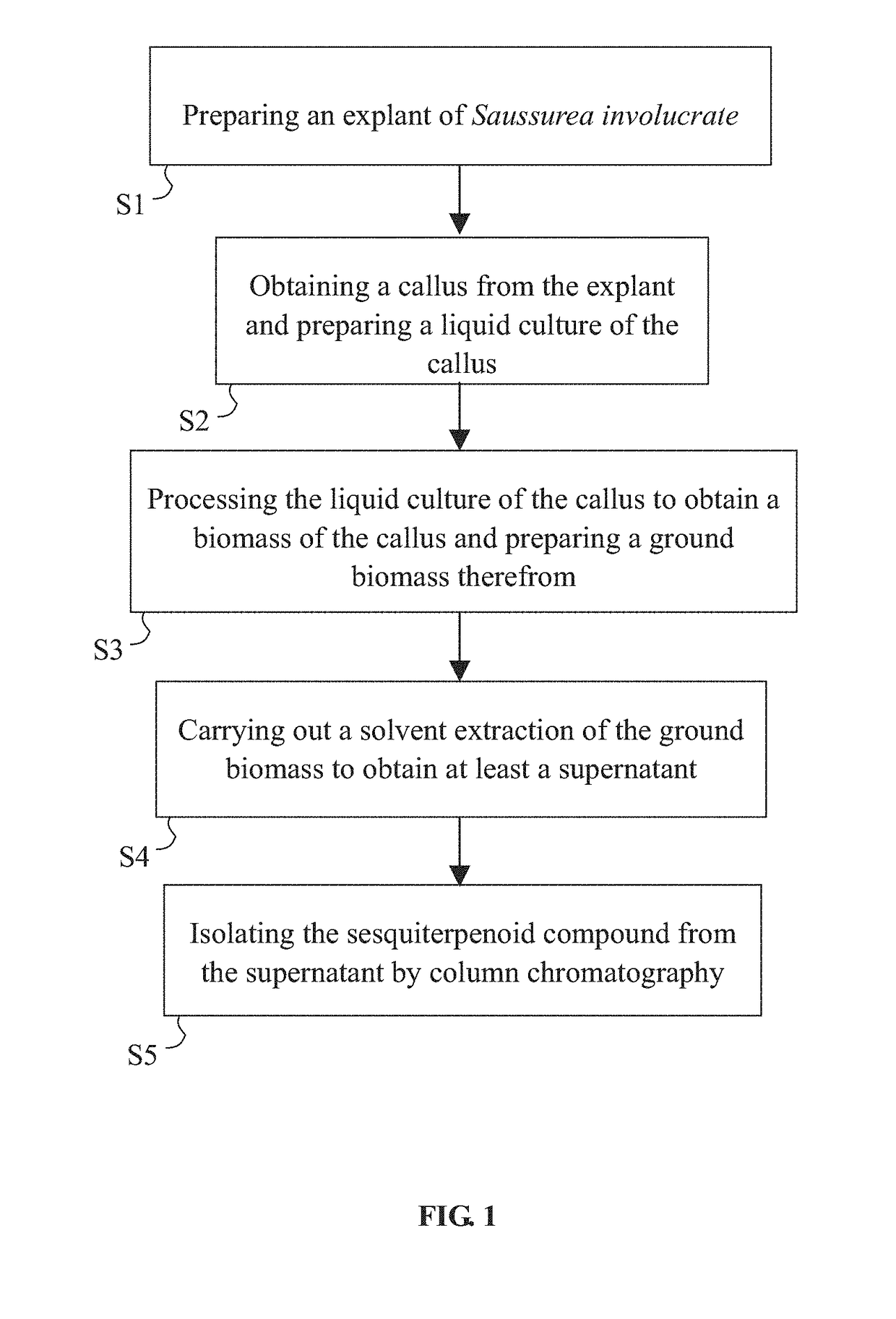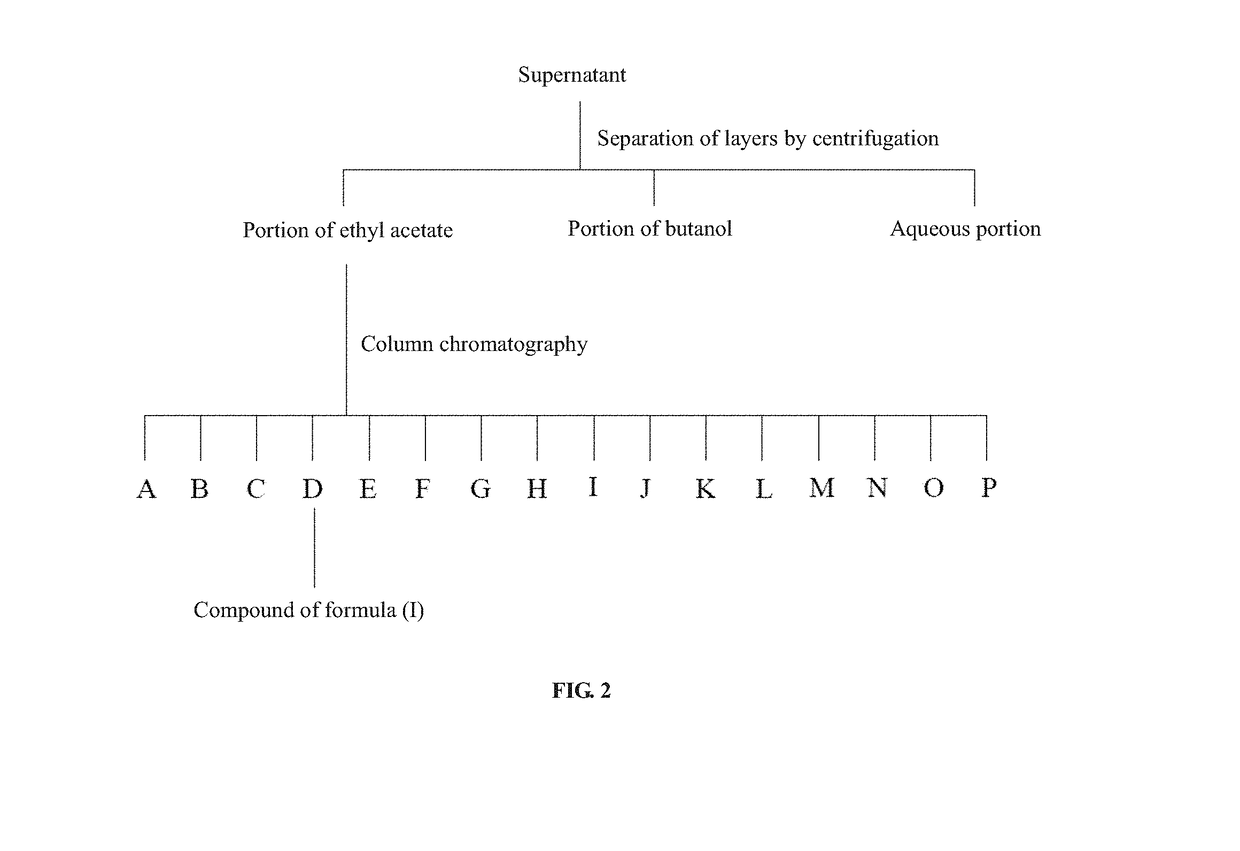Method for inhibiting melanogenesis and promoting collagen production and wound healing
a technology of collagen production and inhibiting melanogenesis, which is applied in the direction of dermatological disorders, drug compositions, plant/algae/fungi/lichens ingredients, etc., can solve the problems of poor stability or solubility of these formulations, unsatisfactory effects of reducing or removing melanin, and poor stability of these formulations. , to achieve the effect of facilitating the repair and closure of wounds, reducing melanin content, and increasing the percentage of wounds
- Summary
- Abstract
- Description
- Claims
- Application Information
AI Technical Summary
Benefits of technology
Problems solved by technology
Method used
Image
Examples
example 1
Culture of Human Dermal Fibroblasts
[0067]Human dermal fibroblasts (CCD-966SK cells, former ATCC CRL-1881), a type of adherent skin cells, were cultured in minimum essential medium supplemented with 10% (v / v) fetal bovine serum (FBS), 0.37% (w / v) sodium bicarbonate, 0.1 mM non-essential amino acid solution (NEAA), 1 mM sodium pyruvate, 0.03% (w / v) L-glutamate, 100 units / ml penicillin and 100 μg / ml streptomycin at 37° C. under humidified atmosphere (relative humidity of 80%) containing 5% CO2. During the culture, the medium was renewed every two days. When the cultured cells reached confluence and formed a monolayer, which was examined by an inverted microscope, a subculture was carried out.
example 2
Inhibition of MMP-9 Gene Expression and Enhancement of Collagen Secretion
[0068]Matrix metalloproteinase 9 (MMP-9) is a member of the matrix metalloproteinase (MMPs) family which involves in the breakdown and remodeling of extracellular matrix. Currently twenty-eight MMPs have been identified, among which are collagenases, gelatinases, stromelysins, matrilysins, and membrane type-MMPs. MMP-9 is classified as a gelatinase.
[0069]The extracellular matrix consists essentially of four components, namely collagens, elastin, glycoproteins, and proteoglycans. The proportion of each of the components in different tissues or organs varies. It is well-known that poor support of skin by collagen results in laxity and reduced elasticity of skin. The factors that affect collagen content of skin include MMPs levels. MMPs overexpression is stimulated by UV-A radiation or inflammation. Under these conditions, MMPs degrade almost all components of the extracellular matrix and break down proteins in th...
example 3
Inhibition of MITF Gene Expression and Melanin Formation
[0078]Melanogenesis is a complicated biosynthetic process, mainly an enzymatic reaction catalyzed by tyrosinase in melanocytes. A lot of genes are involved in the regulation of this process. Among them, the gene of microphthalmia-associated transcription factor (MITF) plays a critical role. MITF is found in melanocytes. It regulates melanin synthesis by enhancing the activity of tyrosinase. Therefore, inhibition of MITF gene expression results in lowered tyrosinase activity and thus inhibited melanogenesis, leading to skin whitening.
[0079]Therefore, the inventors of the present application studied the inhibitory effect of the compound of formula (I) on MITF gene expression in EXAMPLE 3. The following five groups were compared in this example:[0080](1) Control group (CTL group): incubating a culture of human dermal fibroblasts for a predetermined time;[0081](2) One dose-24 hours group (1X-24 group): adding one dose of the compou...
PUM
| Property | Measurement | Unit |
|---|---|---|
| concentration | aaaaa | aaaaa |
| concentration | aaaaa | aaaaa |
| altitude | aaaaa | aaaaa |
Abstract
Description
Claims
Application Information
 Login to View More
Login to View More - R&D Engineer
- R&D Manager
- IP Professional
- Industry Leading Data Capabilities
- Powerful AI technology
- Patent DNA Extraction
Browse by: Latest US Patents, China's latest patents, Technical Efficacy Thesaurus, Application Domain, Technology Topic, Popular Technical Reports.
© 2024 PatSnap. All rights reserved.Legal|Privacy policy|Modern Slavery Act Transparency Statement|Sitemap|About US| Contact US: help@patsnap.com










